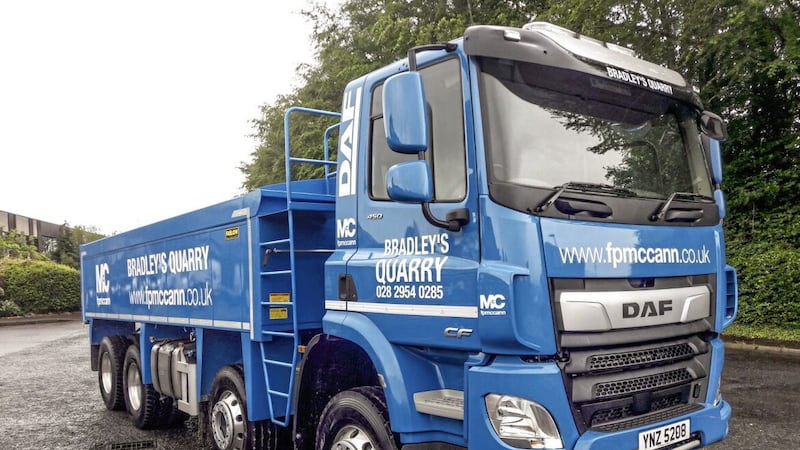FORECASTS on how the Northern Ireland economy will fare following Brexit, particularly in a ‘no deal’ scenario, make for grim reading, with one leaked government report suggesting the region could suffer as much as a 12 per cent decline in GDP in such a context.
But some academics are now challenging these projections and, as we see more firms beginning to step up their preparations for our departure from the European Union, the focus is turning to the opportunities involved rather than just the inherent risks.
For all businesses, it is imperative to understand the potential impact of Brexit on trade, people and talent as well as on company finance and operations.
Many of the issues were laid bare at a recent Irish International Business Network event in New York, at which I was joined on a panel by Susan Hayes Culleton, managing director of the Hayes Culleton Group, and Tony Dunne, US country manager at Bank of Ireland.
Taking ‘no deal’ as the worst-case scenario, it could result in goods traded to and from Northern Ireland being subject to default World Trade Organisation rules, and, as a result, significantly higher tariffs.
The impact in this case would be felt particularly strongly in the agri-food sector on both sides of border due to the exceptionally high levies that would likely be imposed on that industry.
For example, the average tariff applying to typical dairy products sold from Northern Ireland to the Republic could be 64.1 per cent, while meat and fish producers in the Republic could face tariffs of 73.4 per cent on the sale of their typical products to the north and 59.2 per cent of sale of products currently sold into the GB market.
While these examples are among the most extreme, we would expect other industries to perform much better, with the average tariff imposed on non-food items anticipated to be 2.3 per cent.
:: Peter Legge is tax partner at Grant Thornton NI
However, they illustrate potential opportunities, such as for Northern Ireland-based meat and fish producers, who may see an increase in demand from customers in Great Britain should restrictively high tariffs force Republic of Ireland producers out of the market.
Analysts have also suggested that investment in Northern Ireland could become increasingly attractive to firms headquartered in other parts of the UK or in the Republic of Ireland that are seeking to establish a base locally to provide a convenient route to the EU or UK.
There are some signs that this is already happening, with recent moves such as Dublin IT firm Ammeon planning to create 60 jobs in Belfast cited as one example.
As such, there is a growing school of thought that Northern Ireland may not be the most adversely affected region by Brexit, as many have predicted, with Dr Graham Gudgin of the University of Cambridge being one prominent voice who has described the aforementioned leaked government forecast as “implausible”.
Working with firms on both sides of the border and at our bases across the world, it is clear that many businesses are coming to terms with the need to ‘Brexit-proof’ their operations and an increasing number are seeking help via InterTradeIreland’s ‘start to plan’ voucher scheme, of which Grant Thornton is an accredited adviser.
The key advice, which we have been providing to companies since the EU referendum was first announced, is to develop a contingency plan that covers all possible outcomes from ‘worst-case’ to ‘best-case’, thereby allowing businesses to capitalise on the opportunities as well as being prepared for the risks.
To help business understand the possible Customs Duty, VAT costs and develop their contingency plans, we have developed a data analytics platform (Brexit Indirect Tax Impact Analysis).
It uses duty notes and the businesses import and export data to access the impact across a range of different scenarios, analysing the impact down to a specific country and commodity. From the outputs, we can work with businesses to assess the necessary next steps to mitigate any risks and seize any opportunities presented.








